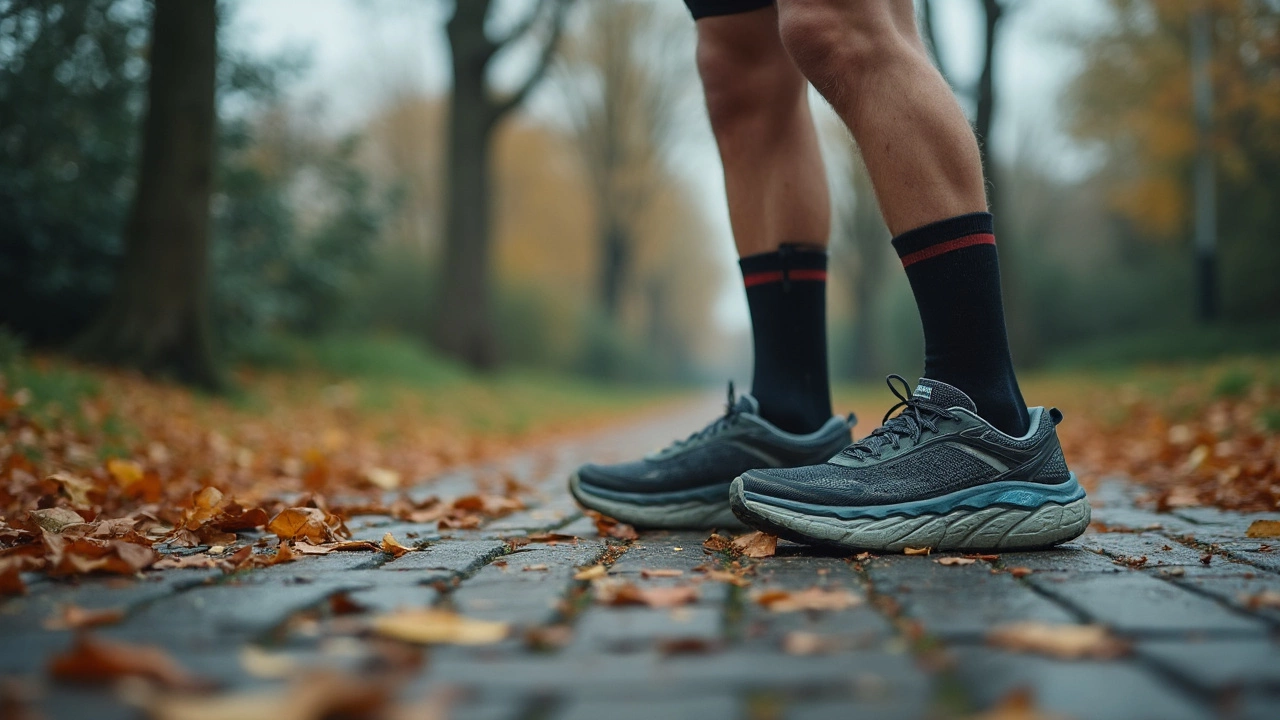
Shoe Lifespan: How Long Do Your Shoes Really Last?
Ever bought a new pair of trainers and wondered when they’ll start to feel worn out? The truth is, shoe lifespan isn’t a one‑size‑fits‑all number. It depends on the activity, the shoe type, and how you treat them. Knowing the usual mileage and the warning signs can save you money and keep your feet happy.
Tell‑tale signs your shoes need replacing
First off, check the outsole. If the tread is smooth or you see uneven wear, the grip is gone and you’re at risk of slipping. Next, look at the midsole – the cushioning layer. When it feels flat or you hear a hollow “squeak” when you walk, the shock‑absorption is gone. That’s a red flag for runners and anyone who does a lot of high‑impact work.
Another simple test is the “wear‑through” method. Hold your shoe up to the light and see if the fabric or mesh has thinned out. If you can see through it, the shoe’s structure is compromised. Finally, pay attention to any new aches or pains after a workout. If your knees, hips, or feet start hurting, it might be time to retire the pair.
Tips to stretch your shoe’s life
Keep your shoes clean and dry. Moisture weakens glue and materials, so after a run, wipe off mud and let them air‑dry away from direct heat. Stuff them with newspaper or a shoe tree when they’re not in use; this helps retain shape and prevents creasing.
Rotate your footwear. Using the same pair every day speeds up wear. If you have two or three sets of training shoes, swap them every few sessions. This gives each pair a chance to recover and reduces overall strain.
Invest in proper storage. A cool, dry place is best. Avoid leaving shoes in a car trunk where temperature swings can damage the foam. Also, use a protective spray on leather or suede to repel water and stains.
Finally, consider an insole upgrade. A quality orthotic can add extra cushioning and reduce pressure on the shoe’s built‑in midsole, slowing down compression. Just make sure the insole fits snugly and doesn’t cause the shoe to feel too tight.
By watching for wear signs and following these easy habits, you’ll get the most out of each pair. Most running shoes last about 300‑500 miles, while everyday trainers can stretch to 600‑800 miles with proper care. So next time you stare at that scuffed toe box, ask yourself: is it the right time to replace, or can a quick fix keep it going a few more weeks? Your feet will thank you either way.
